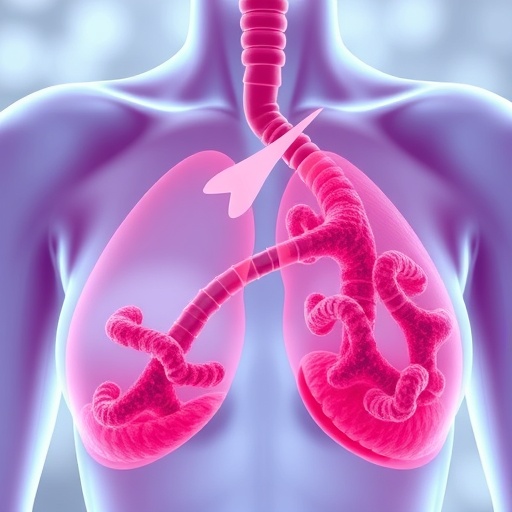NEW YORK (November 19, 2018)–The "gateway pattern" of adolescent substance use is changing, and marijuana is increasingly the first substance in the sequence of adolescent drug use, according researchers at the Columbia University Mailman School of Public Health. Traditionally, students experiment with cigarettes and alcohol before cannabis, but since 2006, less than 50 percent of adolescents try cigarettes and alcohol before they try cannabis for the first time. The findings are published in the journal Drug and Alcohol Dependence.
"Alcohol and cigarette use have precipitously declined in adolescent populations for 20 years, while marijuana use has not," said Katherine M. Keyes, PhD, associate professor of Epidemiology at the Columbia Mailman School. "The perceived risk of marijuana use to health among adolescents is declining as well, portending potential future increases. In short, the timing of substances in the 'gateway' sequence is changing, as public perceptions about drugs of abuse change."
The researchers used data from 40 annual surveys of American 12th graders to study historical trends in the average grade of onset of marijuana, alcohol, and cigarette use; the proportion who tried alcohol and/or cigarettes before first marijuana use, and the probability of marijuana use by 12th grade after trying alcohol/cigarettes. A subset of 246,050 students were asked when they first used each substance.
The average school grade during which young people first tried alcohol and cigarettes has increased. The biggest jump was seen for first cigarette, which rose from the average of nearly 8th grade in 1986 to 9th grade in 2016. The proportion of adolescents who used cigarettes in a grade before marijuana substantially declined. In 1995, 75 percent of 12th grade students who tried both cigarettes and marijuana used cigarettes in a grade before marijuana; by 2016, the proportion had fallen to 40 percent. The proportion who reported trying cigarettes in the same grade as marijuana has increased, from 20 percent in 1994 to 32 percent in 2016.
The average grade of first alcohol use edged up as well, from 9th grade in 1976 to midway between 9th and 10th grade in 2016. The percentage of students who tried alcohol before marijuana peaked in 1995, the year in which 69 percent of adolescents reported drinking alcohol in a grade before marijuana use. This proportion fell rapidly by 1999 to 47 percent.
"Reducing adolescent smoking has been a remarkable achievement of the past 20 years," noted Keyes. "Now, the more prominent role of marijuana in the early stages of drug use sequences and its implications are important to continue tracking. Its increasing use suggests that marijuana is, and will continue to be, a key target of drug use prevention efforts."
###
Co-authors are Caroline Rutherford, Columbia Mailman School; and Richard Miech, University of Michigan. The authors declare no conflicts of interest.
Columbia University Mailman School of Public Health
Founded in 1922, the Columbia University Mailman School of Public Health pursues an agenda of research, education, and service to address the critical and complex public health issues affecting New Yorkers, the nation and the world. The Columbia Mailman School is the third largest recipient of NIH grants among schools of public health. Its over 450 multi-disciplinary faculty members work in more than 100 countries around the world, addressing such issues as preventing infectious and chronic diseases, environmental health, maternal and child health, health policy, climate change & health, and public health preparedness. It is a leader in public health education with over 1,300 graduate students from more than 40 nations pursuing a variety of master's and doctoral degree programs. The Columbia Mailman School is also home to numerous world-renowned research centers, including ICAP and the Center for Infection and Immunity. For more information, please visit http://www.mailman.columbia.edu.
Media Contact
Stephanie Berger
[email protected]
212-305-4372
@ColumbiaMSPH
https://www.mailman.columbia.edu/




